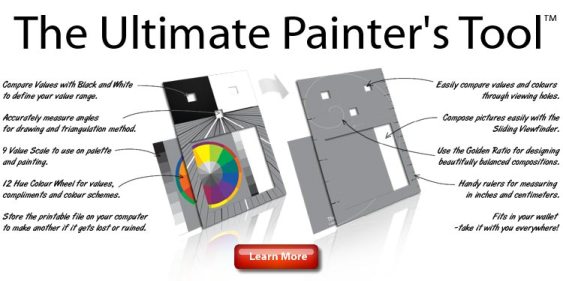Choosing Your Painting Brushes For Art Classes
If you’ve decided to take an art class, you’re going to need to buy oil paint supplies of your own. The school may or may not provide you with some supplies (easels, for example, are usually supplied). One of the first considerations you need to make is which paintbrushes to choose. There are many types of paintbrushes and the selection can seem daunting at first. Your instructor will probably make some suggestions, but if not, you can use this guide to paintbrushes to help you make your decision. Filbert The filbert is one of the most common and loved of all brushes, and your set of paintbrushes would not be complete without at least one size. Filberts are flat and narrow with a rounded point on top. They can produce a wide variety of strokes depending on how you hold them and the pressure you apply. Sometimes they’re called cat tongue brushes because of their likeness in shape to a cat’s tongue. Flat You can probably imagine what a flat brush looks like: the edges of the bristles are flat and straight across, like smaller versions of the big brushes you’d use to paint a room. These brushes are good for making broad, even brushstrokes, or thin ones if you use it on its side. You’ll probably use this type of paintbrush the most, as it’s very versatile, so this is another essential brush. Round The round brush is the quintessential image of an art painting brush. A basic art kit for children will usually included this type of brush in it. Round brushes should come to a sharp point at the end, allowing you to make very fine lines with them, but cheaper versions aren’t usually that pointy, so watch out for this. Round brushes come in a huge variety of sizes.
Fan Fan brushes are the most interesting looking, but not usually essential for the average artist’s toolkit. They’re good for things like creating highlights in hair or making thin marks for grass or branches in nature paintings. They are also able to create interesting oil painting textures for any wood in your painting. Angle Angle brushes are very similar to flat brushes, except their bristles are (you guessed it) angled at the top. They will hold less paint than the flat brush. Sometimes it’s easier to create straight lines with the angle brush, but usually a flat brush will do the trick. The case in which an angle brush is a better choice than a flat is when you want to get it into tight curves and corners, for example when painting flowers. Mop A mop brush is like the brushes used for traditional Japanese calligraphy. They are a bit sloppy and hold a lot of paint, but with just a bit of paint on them, they can be used to soften hard edges. Rigger The rigger brush, sometimes known as a liner brush, is a brush with very long bristles. This brush makes long, even lines that are perfect for very thin strokes, like when signing your name to that bottom right corner! If you decide to start painting a lot in a certain niche, you will probably be choosing from even more brushes than mentioned above (as there seem to be an endless variety of brushes). But these are some of the most common ones and should suit you well for your art class. | ||
|


Master the Colours DVD...

|
Although every attempt has been made to make information as accurate as possible, we are not responsible for any errors that may appear.
© Copyright 2015, OilPaintingTechniquesLessons.com. All Rights Reserved.





